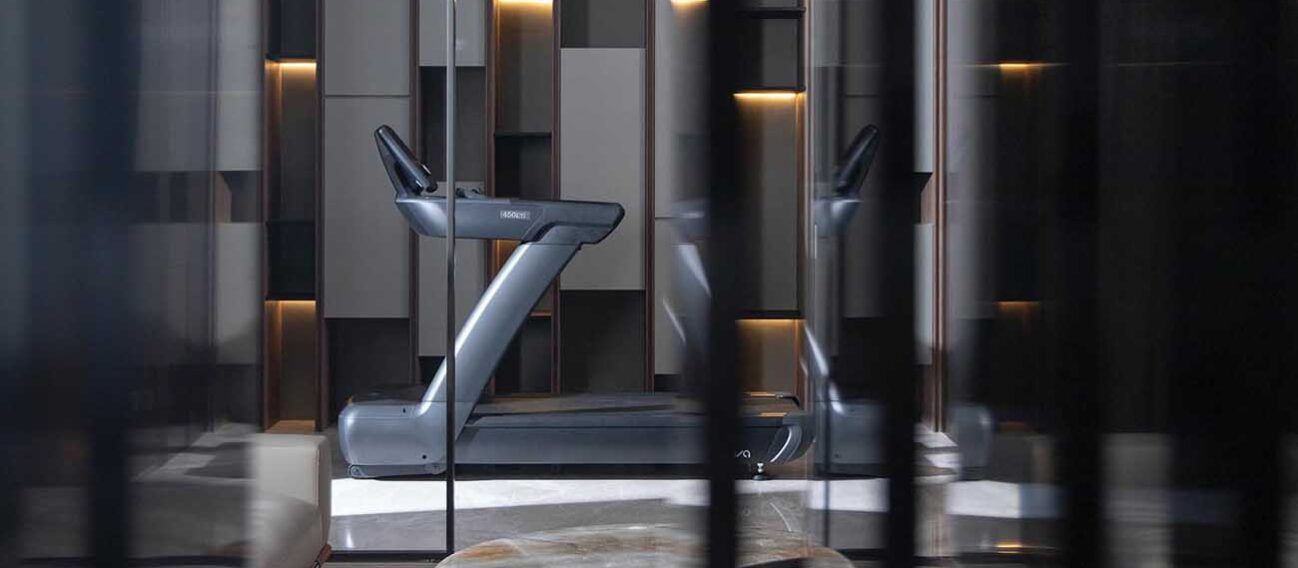The Fundamental Components of Lighting Control
A good lighting control plan is crucial to excellent design for commercial lighting applications. These input/output devices and systems receive information, act on it, and then adjusts lighting power to satisfy the occupant or the lighting designer’s vision.
The benefits of lighting controls within a commercial application are many, such as the ability to change the appearance of a space, reduce glare, alter atmosphere and mood and increase user satisfaction to allow users to control their lighting to suit immediate needs. One of the biggest benefits is the ability to automate illumination to reduce energy costs and improve sustainability. According to one study from Lawrence Berkeley National Laboratory (LBNL), lighting control strategies yield a 24-38% average energy savings, which reduces building operating costs. https://eta.lbl.gov/publications/meta-analysis-energy-savings-lighting
The notion of lighting controls started as the humble “on “/” off” toggle switch, which requires human intervention for illumination or darkness. Today, with the wide adoption of LED technology, sophisticated systems can control luminaires using various methods, including complex operation sequences. These systems offer energy consumption management, occupancy, luminaire/zone status, and other data that can be documented, saved, and presented for energy analysis and maintenance purposes.
This post gives an overview of today’s lighting controls’ functionality, the advantages they provide, and considerations when choosing the right lighting control strategy.
Lighting Control Options
With an overwhelming number of options to choose from, lighting designers can create spectacular lighting scenes to illuminate architectural features such as fountains or buildings or control light to aid productivity or promote healing. The only limit is their imagination. The types of control devices vary widely and can be used as stand-alone control options or combined to create a lighting environment that can be adapted to almost any situation. Options available to lighting designers are:
Dimmers
The dimming process smoothly changes intensity levels and provides a high degree of flexibility that can satisfy visual user requirements. Dimmable drivers are typically offered as a standard or standard feature in LED luminaires, which makes dimming economical. In particular, visual needs applications and energy management strategies such as daylight-responsive or task-tuned control may be accomplished via dimming.
Occupancy Sensors
In rooms that utilize occupancy sensors, lights turn on and off automatically based on whether a space is occupied. In offices, classrooms, conference rooms, copy rooms and break rooms, among other small, enclosed spaces, occupancy sensors are particularly well-suited.
A vacancy sensor turns off the load automatically if no one is inside the room. In addition to turning the load off, the sensor switches the lights to 50% if the user manually turns the lights on to 100%. These sensors are known as partial-ON occupancy sensors.
DALI (Digital Addressable Lighting Interface)
DALI is a two-way communication protocol that controls and communicates with an entire lighting system, most used in commercial buildings. DALI-2 is the current version widely used on lighting projects and described in IEC62386 as easy to install, user-friendly, resistant to noises, ensures high energy efficiency, reduces operation costs, and enhances occupant safety, comfort and security.
Lighting designers utilize DALI because the system is very flexible and enables the creation of many lighting scenes which can be controlled independently with simple wiring.
0-10V Dimming
0-10V dimming is an analog lighting control technology that allows the lighting to change in response to voltage. This control method produces varying light intensities from 100%, 10%, 1%, and even 0.1%. The design of many dimming switches causes the fixtures to continually run (albeit at low power), even if the dimmer is turned down.
While 0-10V straightforward commissioning doesn’t require specialized assistance, there are limitations, primarily if the lighting control system plan is large and complex. A 0–10V system can accommodate around ten luminaires per controller. However, each device needs dedicated wiring, and the signal goes only one way, from the dimmer to the LED driver. Because there is no signal coming back from the lights, there’s no data on which to measure their performance, as with digital systems like DALI.
Lighting Control Strategies
A lighting control system design is about selecting the proper controls and designing the sequence of operations for the system. Lighting control systems can provide unique lighting control strategies to meet visual and energy management demands. Layering controls to achieve maximum value is one method. Control strategies can be layered in the exact location to maximize value. A controls narrative, a project roadmap created at the conceptual design phase, describes the sequence of operations the lighting control system must perform.
Lighting control is a critical component of any lighting design. A lighting control system (LCS) aims to provide high-quality illumination with minimal energy consumption while maintaining adequate visibility. An LCS is designed to meet the needs of the users and designers by providing them with a variety of control strategies that can be easily customized for different situations. Using an LCS includes energy savings, improved occupant comfort, reduced maintenance and installation costs, and enhanced productivity.







